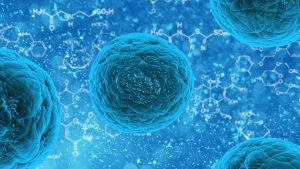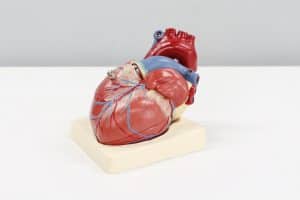Stem cell breakthrough heralded by scientists
pharmafile | January 30, 2014 | News story | Research and Development, Sales and Marketing | BBC, regenerative medicine, stap, stem cell
Researchers have discovered a simple method of producing mice stem cells that could mark a new era of regenerative medicine.
The process, known as ‘stimulus-triggered acquisition of pluripotency’ (STAP), involves immersing regular cells in an acidic solution for several days, after which they revert to an embryonic-like state.
Stem cells can develop into any type of cell in the body, meaning they have great potential for the treatment of a wide range of conditions, including heart disease and cancer, as well as serious injuries.
Research in this area has been contentious as stem cells have previously been obtained by the genetic manipulation of mature cells or, more controversially, extraction from embryos.
The simplicity of the new method took some commentators by surprise. University College of London professor Chris Mason told the BBC: “It looks a bit too good to be true, but the number of experts who have reviewed and checked this, I’m sure that it is [true].
“If this works in people as well as it does in mice, it looks faster, cheaper and possibly safer than other cell reprogramming technologies – personalised reprogrammed cell therapies may now be viable.”
The method was developed by scientists at the Riken Centre for Developmental Biology in Kobe, Japan, and the Harvard Medical School in Boston, US, with findings recently published in the journal Nature.
The Guardian reports that lead researcher Haruko Obokata hit upon the process five years ago, when she observed mature cells shrinking to the size of stem cells after exposure to stressful conditions.
Initially, her theory was dismissed by other scientists, but years of research and observation appear to have verified that the method does indeed work.
It remains to be seen if STAP stem cells can be created in a human setting, and long-term safety has yet to be conclusively established; however, Obokata confirmed that tests involving human cells are currently underway.
Commenting on the new research, Robin Lovell-Badge of the Medical Research Council said that it raised intriguing questions, such as why STAP stem cells are not produced when we consume acidic food or drinks.
He added: “It is going to be a while before the nature of these cells are understood, and whether they might prove to be useful for developing therapies.”
Hugh McCafferty
Related Content

San Francisco scientists use CRISPR to develop stem cells invisible to the immune system
Scientists at UC San Francisco have used the gene editing tool CRISPR Cas9 to manufacture …

Stem cell therapy offers hope for spinal cord injuries
Scientists have brought the prospect of spinal cord injuries being able to be treated with …

Gene therapy helps child regrow 80% of skin
A young child has been brought back from the verge of death after an experimental …








